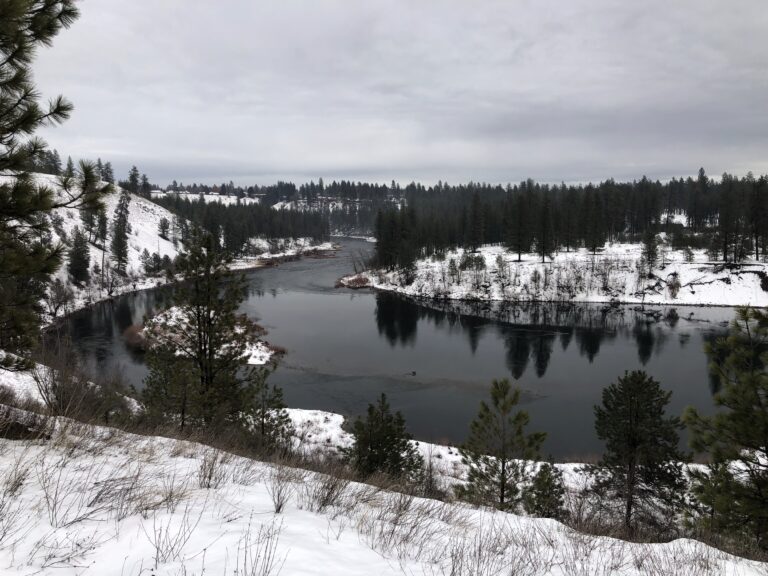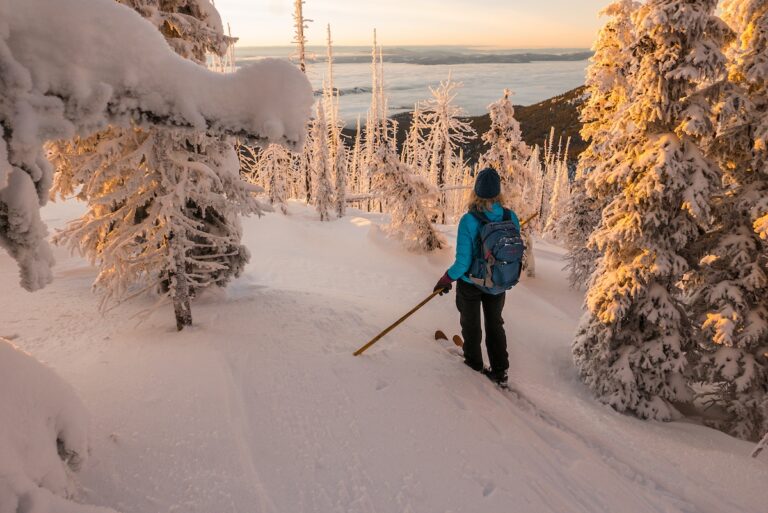It’s been eleven years since Avery, Idaho resident Milt Turley struggled through thick brush high on a rugged table in the Bitterroot Mountains, shoving a long steel rod into the ground, probing the earth with the hope of finding evidence of six ancient stone pillars reported by several eyewitnesses over the last century. Turley had reason to believe Idaho’s ‘Stonehenge’ was entombed somewhere under that dirt.
His grandmother, a Blackfeet Indian adopted by the Coeur d’Alene Tribe, told him about the circle of pillars in the 1950s. She recalled seeing ‘The City of Rocks,’ during her family’s hunting and gathering expeditions in the mountains; and when he read an article about the legendary monuments more than two decades later, Turley decided to see if he could find them.
Armed with a handful of vague clues and an intimate knowledge of the St. Joe Forest, he scoured its lofty peaks for three years with no success. Then he headed for the archives of Silver Valley newspapers and volumes of handwritten mining claims sequestered in Shoshone County offices.
There he found a report in the Wallace Free Press of December 18, 1887, by a man named William Herman Frazer, who said he stumbled on a sacred site, located about 15 miles southeast of Mullan, during the summer of that year.
“It is a wild, weird spot,” Frazer wrote, describing it as tucked above a tributary of the St. Joe River, in a narrow canyon where the long beams of morning and evening sun washed over what he presumed to be a prehistoric chapel of worship and sacrifice.
Frazer said he found a circle of six identical seven-foot pillars hewn from basalt, each with a shallow dip in its square top, and hieroglyphic-type images with a moon theme inscribed on their east-facing sides. Nearby, he saw an amphitheatre carved from solid rock worn smooth as polished marble.
Based on that description, Turley researched mining claims in the area and found the record of an old copper mine located on its southeast corner by “natural or manmade stone pillars.” “However,” he says, “other delimiters were less useful since they referred to landmarks such as ‘the large rock in the bottom of the creek to a pine tree with an X on it.'”
After more trips to the mountains yielded only puzzlement, Turley enlisted the aid of the late psychic, George McMillan, recommended for his ability to find lost objects and elusive artifacts.
“In a last ditch effort to find the pillars, the psychic, myself, and a few other people made the journey to the suspected site,” Turley says. “On approaching the site, which the psychic had little knowledge of, he began to fidget, blink his eyes, and make no sense at all in his conversation.”
During the ensuing six hours of milling around the area, he described a group of people who were stranded by high water while prospecting.
“At 5,600 feet above sea level, needless to say, I had some reservations about his qualifications at that point,” Turley says.
However, geologists confirmed that ice flows once blocked the Clark Fork River and caused great flooding in the area, so the monuments, if they existed, could have been on a peninsula. That and the fact that McMillan found the copper mine named in the claim, and honed in on a buried dump of old bottles and other artifacts from the 1920s, served to redeem Turley’s opinion of his abilities.
“The last thing I asked him was ‘where are the monuments?'” Turley says. “He pointed down the draw, about a mile and said, ‘There.'”
Turley searched the area, but never found the elusive pillars.
But that didn’t stop him from speculating about their origins or the builders’ motives. For inspiration, he turned to the works of Harvard’s Dr. Barry Fell and others who have written extensively about Bronze Age miners who sailed here from Europe and the Mediterranean, leaving rock inscriptions in ancient European alphabets, and fragments of their languages in Native American tongues.
Once Turley met a retired Panhandle park ranger who claimed the monument was in plain view after the 1910 fire, then, one day in Wallace, he ran into the last man to see the Coeur d’Alene’s mysterious megaliths standing.
“His father was the prospector who originally found the pillars and staked the claim,” Turley says. “I befriended this man, but over the next five years he refused any knowledge of the monuments.”
Until shortly before his death in 1989, when he finally confessed to Turley, “I buried the damn things.”
He knocked them into a trench and hid them under a blanket of dirt, fearing that government officials would someday take an interest in the historical edifice and shut his mining claim down.
“He made me promise never to reveal his name,” Turley says, noting that he was “a hell of a nice old guy.”
The claim has since reverted to government ownership, but Forest Service officials refused Turley a permit to dig in the area because he doesn’t have enough proof the pillars exist, he says.













